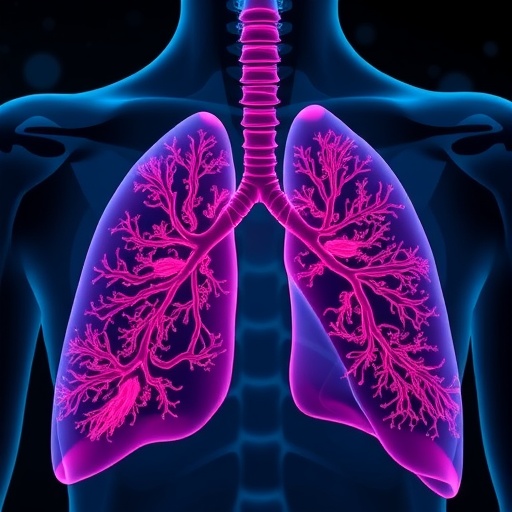Credit: Credit: NASA/NOAA GOES Project
An animation created by NASA using imagery from NOAA's GOES-East satellite shows the North Atlantic Ocean's first tropical storm of the season being "eaten" by a large frontal system. The animation from April 19 to April 22 shows Tropical Storm Arlene in the Central Atlantic Ocean as it strengthened into a tropical storm on April 21 and weakened to a subtropical storm only to be absorbed by a frontal system later that same day. The animation combines visible and infrared satellite imagery from NOAA's GOES-East satellite.
On Friday, April 21 at 1500 UTC (11 a.m. EDT), the National Hurricane Center issued their final bulletin on Arlene. At that time, Arlene had ceased to be a tropical cyclone although maintaining maximum sustained winds near 45 knots (52 mph/83 kph). At the time, Arlene was centered about 1,235 miles west-northwest of the Azores islands near 39.3 degrees north latitude and 49.9 degrees west longitude.
Arlene was moving southwest at 20 knots (23 mph/37 kph) when the frontal system to the west of the post-tropical storm, caught up to Arlene and absorbed it.
###
Media Contact
Rob Gutro
[email protected]
@NASAGoddard
http://www.nasa.gov/goddard
############
Story Source: Materials provided by Scienmag




